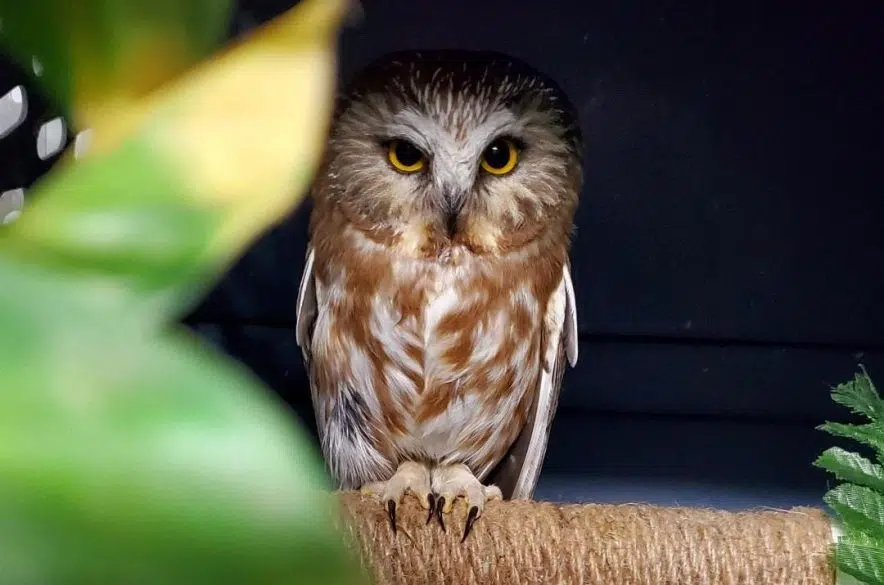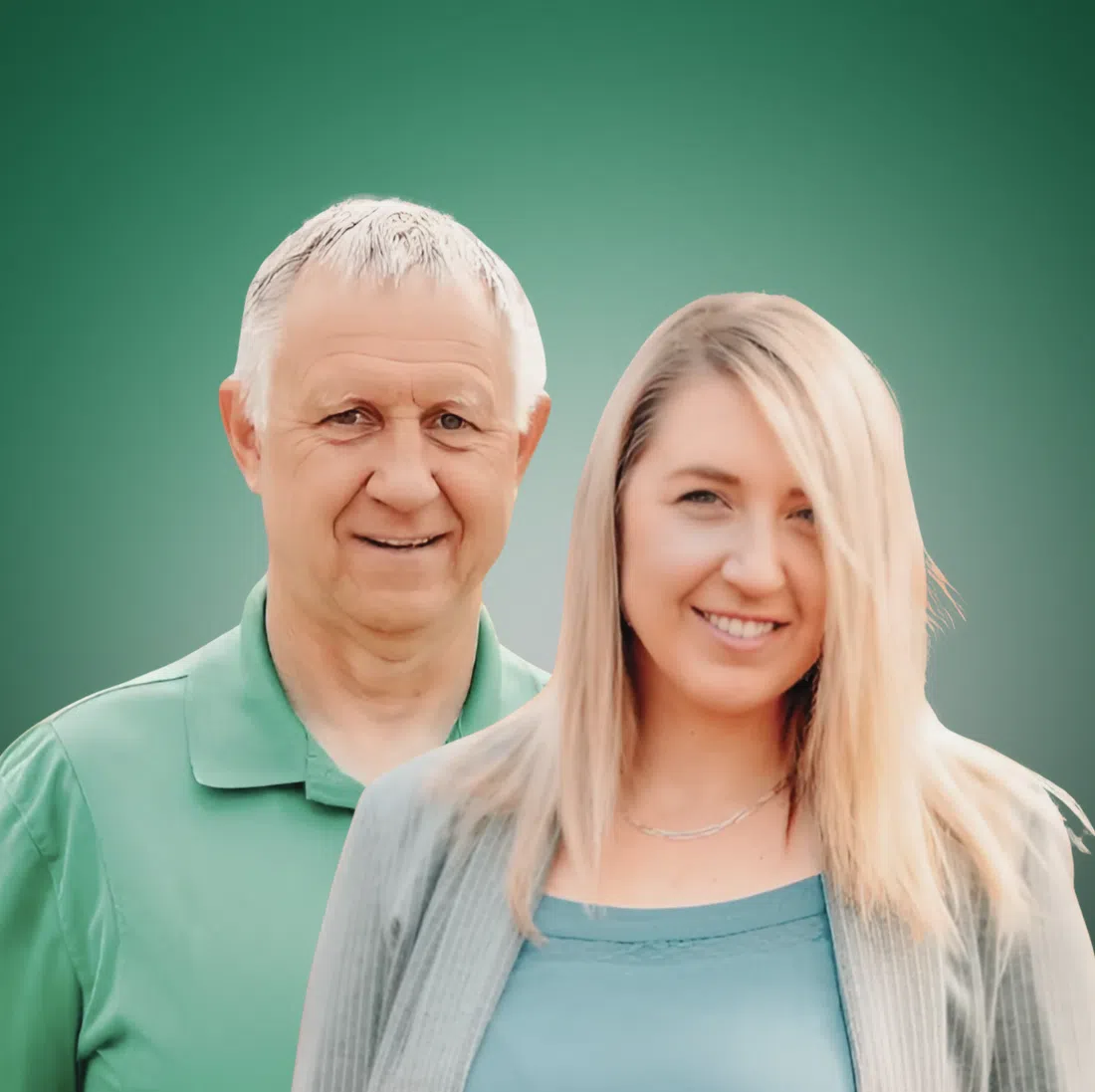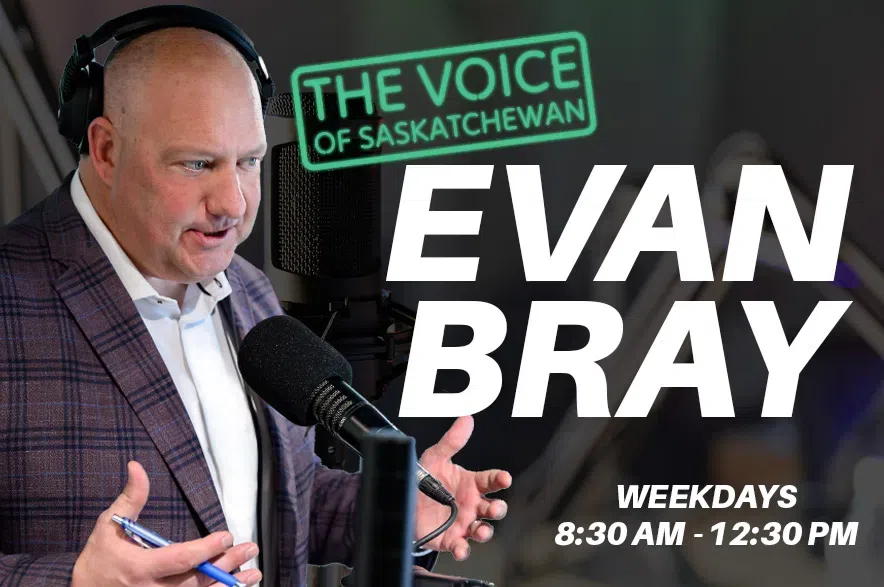In a basement in a residential area of Regina, volunteers work throughout the day feeding birds as timers go off above the birds’ cages.
Many of the birds have been found by Good Samaritans or conservation officers who bring them to the Salthaven West Wildlife Rehabilitation and Education Centre for care until they can be released.
In the backyard, outdoor pens sit like hospital beds for owls, foxes and goslings.
Megan Lawrence, Salthaven’s director of rehabilitation and a volunteer, said the centre has seen more injured animals come through the doors in recent years. An anonymous donor noticed, and promised to match every dollar donated to Salthaven West up to a total of $100,000 until Aug. 31 to help create a new facility.
“We were absolutely thrilled when an anonymous donor came forward,” said Lawrence.
Salthaven is federally and provincially licensed, but is not funded by either. The money the rehabilitation clinic receives is from donations and corporations.
The centre opened nine years ago after Lawrence recognized the need for the service in Regina. Salthaven West has helped 90 communities around southern Saskatchewan.
Since then, volunteers have seen more patients come through the door, and one of the biggest challenges for the facility is space. Each year, it takes in more than 1,500 animals, but right now it currently has 130 patients in care.
“We haven’t had to deny any care for animals coming in for care,” she said. “We have gotten close to that.”
Typically, patients are in for a day or two, but the longest the centre has ever had a patient stay is up to a year. That was a juvenile Red-tailed hawk with a head injury.
“We are hoping to expand within the city or outside the city as currently (the centre) is only 600 square feet,” Lawrence said. “It just can’t manage the amount of patients we are taking in.”
Small and some medium-sized animals can fit into the facility, which means bears and deer are off limits – although Lawrence said they often get calls about those animals in the summer months.
“That’s our goal for a larger facility,” she said, noting a bigger building would allow the centre to care for animals like deer and raccoons, which need a large enclosure for pre-release.
A dream list for a new facility would also have isolation rooms for animals that could have an illness, more outdoor pens, and pre-release pens.
Lawrence explained the centre’s personnel need to teach the animals to survive before they can be released. It’s something staff members do now, but it’s hard to manage because they have to wait for one animal to be out of the flight pen.
“We’ve been managing it so far, but it’s been getting more difficult with the amount of patients we are taking in,” Lawrence said.
Salthaven volunteers try to introduce the public to wildlife through their social media accounts.
“We try and share a lot of what we do with the public because we aren’t permitted to have visitors here because it’s a hospital,” said Lawrence.
Brrr… it’s cold out there! We hope everyone is able to stay warm & safe over this cold spell. If you notice wildlife in need of help, give us a call at 639.999.4957 & we will be happy to assist.
This clip of 3 fox squirrels enjoying sweet potato sure gives us the warm fuzzies! pic.twitter.com/iSGIjtSJcC
— Salthaven West (@SalthavenWest) December 6, 2022
Another goal is to have more room for educational opportunities. Lawrence has noticed gaps in the school system when it comes to wildlife education.
“Most animals probably don’t need help,” she said. “We always encourage people to call us for advice before they interfere because you may be seeing an animal’s natural behaviour where (people) think it might be injured.”
Fledgling birds spend a week on the ground before they can fly, but most people assume the birds are injured or have a broken wing.
“We are happy to educate adults and children,” Lawrence said. “We find that there is not a lot of education on wildlife in the schools, so we are hoping we can do that through social media and presentations.”
Lawrence said it’s a lot of long hours but it’s worth it to release the animals back into the wild.
“I have the upmost respect for wildlife. They are very tough and it’s just the best to see them get back where they belong,” she said.











